What Size of a Furnace Do I Need?
5 Factors for Sizing a Furnace for a Kansas City Home
The Investment in Home Heating
When it’s time to upgrade your furnace, you will make a big investment in your home. While it may not be an expense you’re looking forward to, you should realize there are major benefits to upgrading the heating system in your home, especially when your current one isn’t performing as well as it should. One of the first decisions toward upgrading your home’s heating system is determining the size of the furnace your home needs.
Keeping an Old Furnace Past its Prime.
Many homeowners are fortunate to have a heating system they’ve been able to rely upon for two decades or more. But while the old system has successfully kept your home warm each winter, it’s likely working harder and less efficiently than it should.
Maybe your furnace has begun having issues, such as sometimes blowing cold air or the pilot light not staying lit. If you’ve had to call technicians out to handle heater issues more than a few times in recent years, it’s probably time to replace it.
But even a working furnace may need to be replaced. If you’ve noticed your monthly utility bills going up, that may be because your furnace is not heating efficiently. It’s working harder to put out enough heat for your entire home. Getting it replaced with a new, efficient furnace can make a big impact on those monthly bills.
Replacing your heating system is a big investment, but consider these factors:
Benefits of installing a new furnace:
- Home feels more comfortable
- Saves money on repairs
- The value of a home increases
- Decreases your monthly energy bill
- Decreases your carbon footprint, your home is more environmentally friendly
- Makes your home more desirable when selling
- Reduces the worry that your furnace will break down in the middle of winter
Sizing a Furnace- 4 Factors to Finding the Right Size for Your Home
At Steve’s Heating & Cooling, our heating installation technicians are trained and experienced in finding the right type and size of system for a home. It’s not a one-size-fits-all situation. Many factors help determine the proper unit for a home.
It is not an easy task that many can do on their own. Many of the furnaces we have worked on in and around Kansas City aren’t the right system for the home. If you don’t have the right system for your home – whether too big or too small – you will feel the effects of a lack of comfort and overly high energy bills.
Here are some factors that determine how to know what system is right for an individual home.
1. The Size of Your Home
If you don’t already know the square footage of your home, that can be easy to find. Entering your address to national home listing sites like Zillow can provide you with the square footage of your home. Otherwise, you can determine the total size of your house by adding up the square footage of every single room in your home.
- Family room
- Dining room
- Kitchen
- Master bedroom
- All other bedrooms
- Basement
- Each of the bathrooms
- Laundry room
2. Our Climate Zone
Determining the right size of a furnace is about more than the size of your house. Your climate plays a big role in determining the proper furnace size. Those in Kansas City and across Kansas consider ourselves in Climate Zone 3, although close to Zone 4.
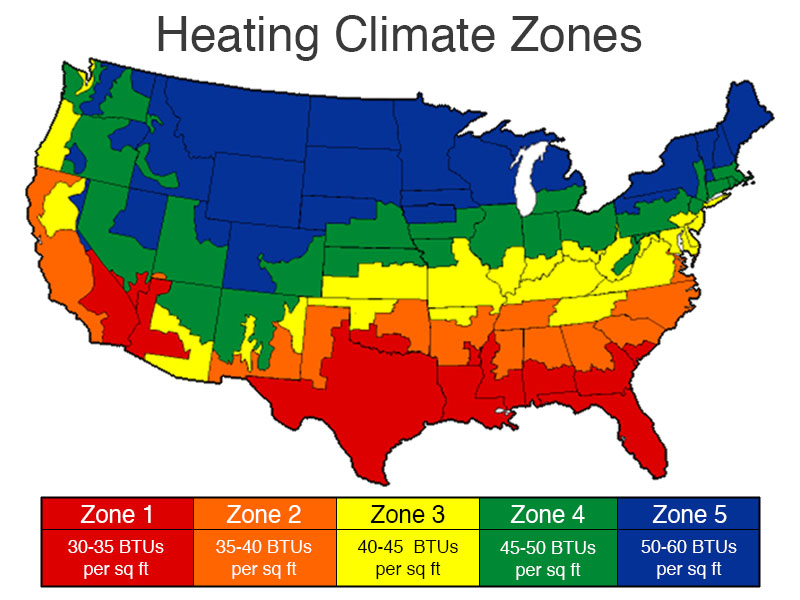
3. The Right BTU for Your Home
Now it’s time to do some math. Multiply the total square footage of your home with the BTU requirements for your Climate Zone. BTU is a measurement of the energy that is used to make a heating system work.
Let’s assume you have a 2000-square-foot house and live in Riverside, MO. Using this square footage, you can determine the BTU output that is best for the house’s size. The proper BTU range for Zone 4 is 45-50 BTUs per square foot. This means your home will need a furnace with at least a 90,000 BTU rating.
2000 x 45 = 90,000 required BTU output
4. Unit Efficiency
But the calculations are not done. Even though a furnace may list a BTU number that meets your home’s requirements, you need to determine the efficiency level of the heating unit.
Consider this scenario: Your home currently has a furnace with an output of 100,000 BTUs. While that should be enough to heat your home properly, it is not a large enough furnace if your old system isn’t efficient. An old 100,000 BTU furnace with merely 75% efficiency means you only get 75,000 BTUs. And that is way too low for any home in our area.
You may be able to replace that old, inefficient unit with a new 100,000 furnace with 92% efficiency. This newer, more efficient unit will give you an output of at least 92,000 BTUs, sufficient for a 2000-square-foot home.
5. Insulation
Sometimes, you might want to aim for a higher BTU, especially if you do not have proper insulation. If your home is not well insulated, you may need to do calculations for BTU for Climate Zone 5. You will need a higher BTU furnace to compensate for the insufficient insulation.
Let The Experts Help with Sizing a Furnace for Your Home
Thankfully, you don’t have to figure this out alone. Steve’s Heating & Cooling technicians will be happy to assess your home’s needs and help you determine which furnace size is right for you.
With many years of experience installing heating and air systems in homes across Kansas City, you can trust us to find the best and most energy-efficient option you need.
Call Steve’s Heating & Cooling today at 816-436-8475 or contact us.
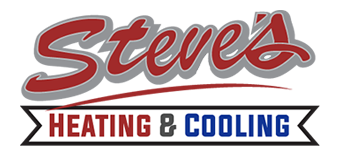
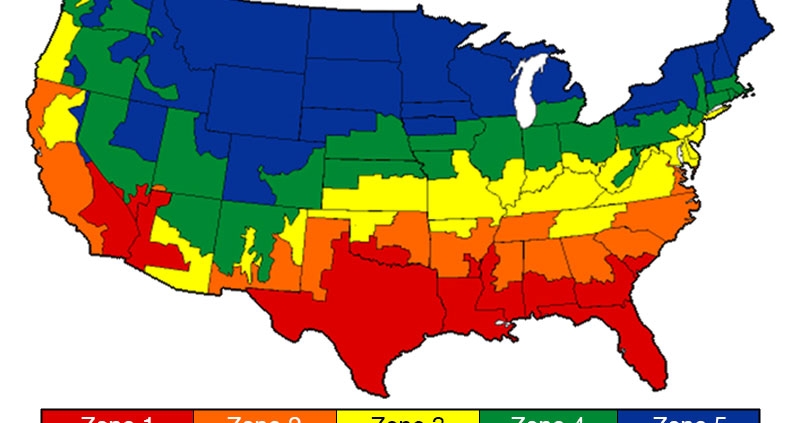
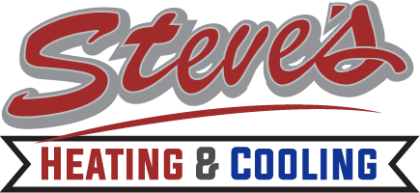

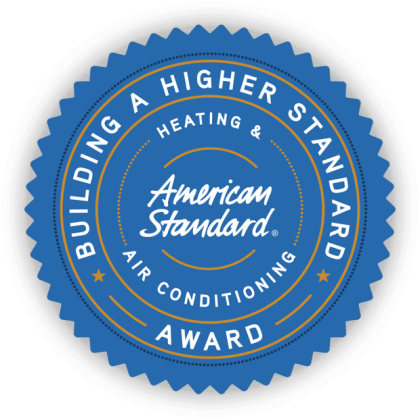



Leave a Reply
Want to join the discussion?Feel free to contribute!